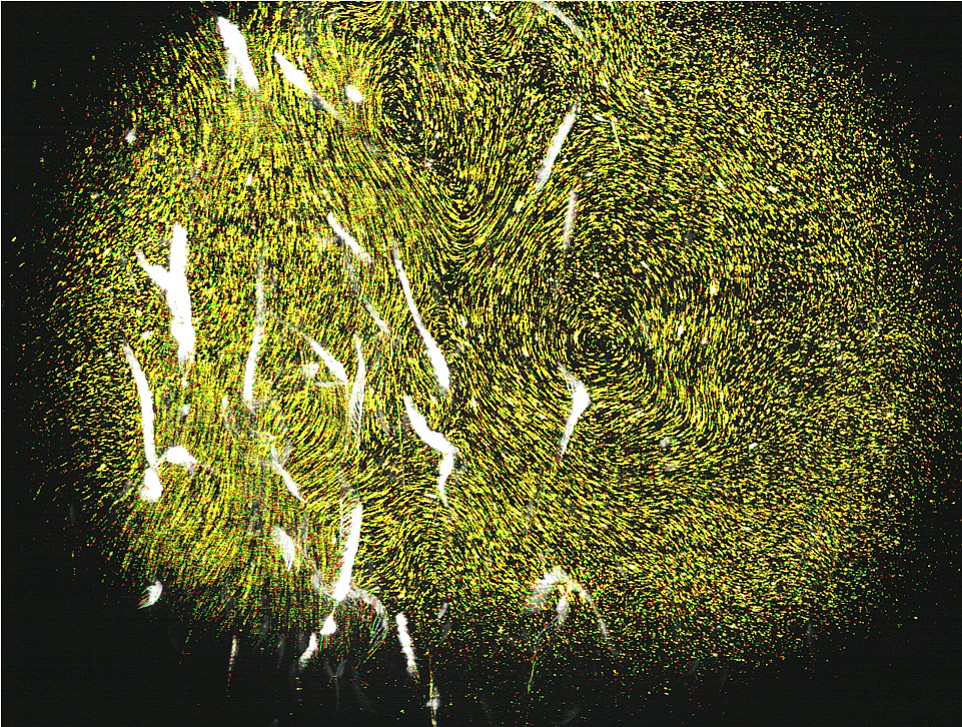Even though they’re only a few millimeters long, brine shrimp — otherwise known as sea monkeys — could have as much influence on global ocean currents as the wind and the moon.
Scientists are always trying to better understand how ocean currents flow. Because the ocean is our largest natural reservoir for carbon, more accurate models of ocean movement will increase the accuracy of climate change predictions. Studies primarily focus on movements caused by the wind and the moon, but new research published in the journal Physics of Fluids zooms in on some very tiny swimmers.
Tiny zooplankton like brine shrimp migrate in large groups, traveling hundreds of meters each day. But catching them — or any of the countless other species that move through the ocean in droves — in the act is hard. “I can’t take a ship out into the ocean and know for sure that a bunch of organisms will pass by me,” study author and professor of aeronautics and biengineering at Caltech John Dabiri said.
But sea monkeys move in response to light (up to the surface when it’s dark, to snack on photosynthetic plankton without fear of running into their own predators), so Dabiri and co-author Monica Wilhelmus were able to make them “migrate” in the comfort of their own lab.
Dabiri and Wilhelmus used lasers to herd the tiny crustaceans across a large water tank. They created a visual trail of the current created by mixing microscopic glass spheres (coated with silver) into the water. A high-speed camera captured the movement of these particles, shown in yellow in the image above. Sure enough, the tiny shrimp created significant currents.
“The expectation of any card-carrying oceanographer would be that the effect would be negligible, given how tiny these organisms are,” Dabiri said. “But even though we’re talking about organisms just a few millimeters in size, they’re creating this collective effect.”
Dabiri still needs to find evidence that schools of sea monkeys have the same effect on currents in the actual ocean. “We picked this brine shrimp because its swimming stroke is very similar to other organisms, particularly those that live in areas very important to climate change,” Dabiri said. Krill and copepods, he said, move in the same way — and appear in billions throughout the oceans.
“It’s important that these results be replicated in field studies out in the ocean,” he said, “but if they are, it would suggest that we’ve been missing a variable in modeling with ocean currents.”
And if tiny organisms like brine shrimp and krill can drive the movement of nutrients and heat throughout the oceans of the world, one can only imagine the effect that schools of larger fish and ocean mammals might have.



